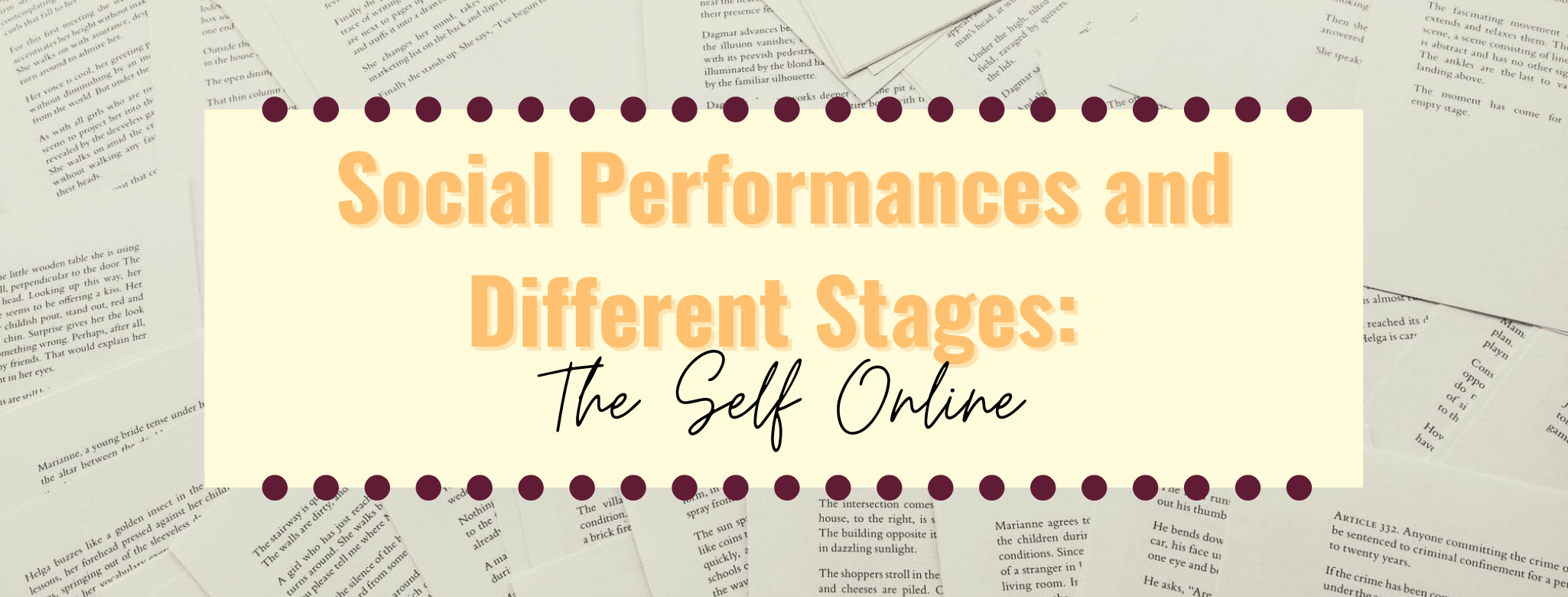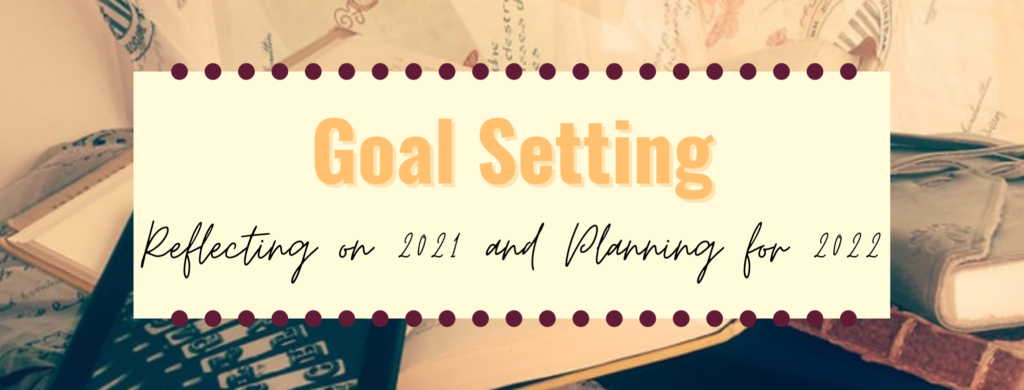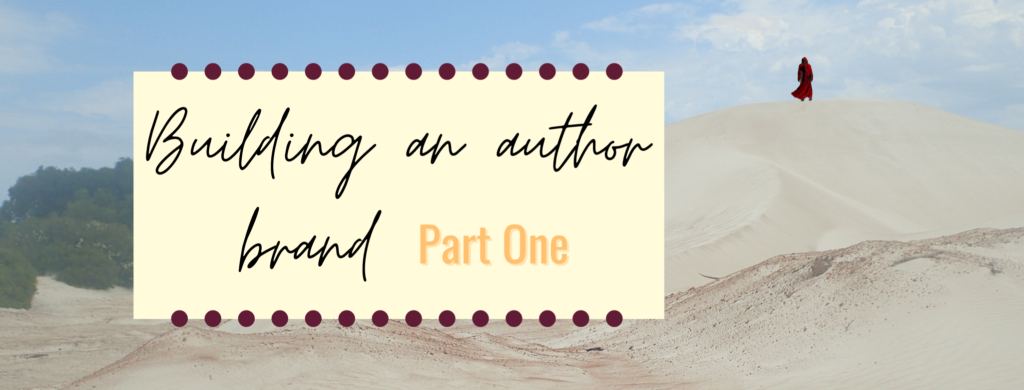Last month I talked about the self offline and the respective stages on which we perform for different audiences. Whether at work or at home, we adapt ourselves to the audience in front of us so that we can better perform our social role. Erving Goffman, whose work I’m drawing from, was, however, writing in a time before the internet. His most famous book, The Presentation of the Self in Everyday Life, is highly focused on in-person interactions. For the most part, this means a single stage and a single audience. Technology like the telephone is only barely alluded to and now we’ve leapt well beyond that point. Ofcom suggests that we spend around a third of our waking hours on the internet (my usage is probably higher). And, in the resultant social performances online, where many audiences a converge, the stage is a constantly moving platform and the audience is always shifting.
Shifting Social Performance Preferences
As with the previous post about social performances, this blog was somewhat inspired by a discussion with someone I met at a conference. Rather appropriately, this meeting and discussion took place online, with a question being posed around whether the online or offline self felt more “real”. If you’ve been following this blog, you’ll know that I definitely land on my offline self being more real. For me, this project has highlighted the strain of context collapse, performing to multiple audiences and times all at once. I find it rather uncomfortable. But, one of the jarring realisations that came from the discussion was the fact that this hadn’t always been true for me. I used to prefer my online social performances to my in person ones. What changed?
Everything, I guess. On the one hand, I changed (both in terms of location and self). High school forces you to be around a mish-mash of people purely because of location rather than interest. I had to minimise aspects of myself to blend in. Online, I was free to find places where I could express myself and be closer to who I thought I was. In my offline life now, however, I’ve moved on, both to be around more people like me and also in being more comfortable with who I am. On the other hand, I also feel like the internet itself has shifted. It feels less anonymous than it was before, meaning there is more connection between my social performances online and offline. The audience feels more tangible and the expectations greater.
The Expectation to Live Online
One of my earliest discoveries on the internet – and possibly one of the more influential parts – was fanfiction. In fanfiction, I not only found writers who shared my interests but also extensions of stories I knew. I love extra content. I like feeling like I know the whole story, even if the POV in the canonical text is limited. And that same love to know everything has stayed with me. It’s still there with the rise of social media. Only now, instead of trying to fill in the gaps in the stories I’ve read, there are real people involved. Who hasn’t looked up someone they used to go to school with to see how their life has gone since you last met?
Social media gives us a glimpse into the stories of people we know, those we know, and even celebrities we couldn’t dream of really knowing. And we expect it to be “real”. It was one of the biggest things that came up on my ‘Self-publishing Bingo Card‘, after all. But I feel like this expectation sets us up to fail. In our social performances offline, we don’t expect to learn about a shop assistant’s love life as they scan our items through. If a teacher tells us they like tuna so that we’ll finish our lunch, it doesn’t really matter if that’s not true in reality. For our social performances online, though, we do expect truth. We expect what is said to be real and we always want to see more. It’s a lot to deal with.
Timing Social Performances Online
Social media moves fast. If you want to keep your audience’s attention, you have to keep generating content and, as discussed above, this content has to feel authentic. It has to provide a snapshot of the real you. All while being on brand. As I’ve continued trying to maintain this author self after releasing Shifting Sands, I’ve found this harder and harder to do. Part of it is the fact it is, by nature, an active performance. If you’re talking to someone offline, the performance kind of just happens – you’re thrust into a situation and react according to the expectations of the role and situation. Online, you have to log on, think about what to say, and post. Not to mention the fact that, to get the most engagement, you need to time it right!
The other factor for me is more to do with salinity. At this point in time, the author performance is not the most important part of my life. I’m at a research-heavy part of my PhD. It naturally takes centre stage, stealing more of my time. I found it much easier to post as my author self when I was still writing and editing Shifting Sands. There were clear talking points and interactions with other writers and readers felt productive. Maybe this is why a lot of self-published authors write several books a year? More books = the possibility to change audience and stage, to switch out props and add new characters.
Being “Real”
The endless struggle at the centre of all of this is how define the “real” author. And should we care about getting to see behind the mask? Literary theories have bounced around this question, with some peeling apart the details of an author’s life to find the meaning in the text and others suggesting their metaphorical death. Before the internet, I would probably have leaned towards the latter. You’d only find the author’s real (possibly contradictory views) from interviews or book signings if you desperately searched for them. Now the writer’s online self is basically mandatory. We, as an audience, expect it. We expect access to the author’s inner thoughts, a glimpse into the life behind the stories we read. The publishing industry needs it to help build an audience for the book. They need the return on their investment.
The expectation of realness and of constant access, however… It brings with it some problems that don’t exist in social performances offline. As my author self, I’m aware of the need to keep performing despite other elements of my life taking my attention. But how much of the “real” me should I show? And how do I keep that version of me consistent when I don’t necessarily feel that way? I’ve recently been going through a bit of a health nightmare, for example, meaning that what feels “real” to me right now is different from what it was last year and (I hope!) different from what it will be next year. Behind the mask, we’re constantly changing and so is our social performance online.
So, now I turn the question over to you: does your offline or online self feel more like the “real” you? And has this been consistent over time?



